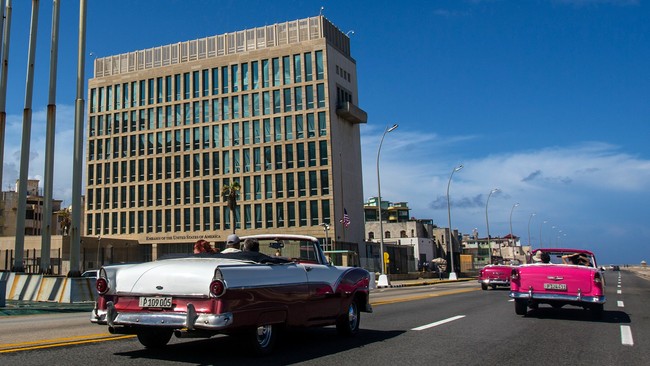
prepping.com
CIA Operative Say WHAT About Bugging In? Is He Right - Or WRONG?
A former CIA operative recently said that no one should ever bug in — that staying mobile and bugging out is the best option because you can gather supplies along the way, stay ahead of threats, and move about covertly. And for someone with elite training, experience, and skills… that might be true. But here’s the problem: most people are not trained operatives. In this video, I break down why advice that works for highly trained professionals doesn’t automatically work for everyday people and families — and why, in most real-world scenarios, bugging in is still the smartest and safest option. We’ll cover: Why elite advice doesn’t translate to normal people The huge skill gap between trained operators and civilians The real risks of staying mobile without training When bugging out does make sense — and when it doesn’t How to decide what’s right for you, not YouTube fantasies Preparedness isn’t about copying elite tactics. It’s about building plans you can actually execute. I’ve been preparing for emergencies for over two decades, made plenty of mistakes, and learned what actually works in real life — not just in theory. Thank you for allowing me to be part of your day. Stay prepared. Stay calm. Stay Asymmetrical. ? Free Survival Checklist: http://eepurl.com/jpE9gA ? Join the Email List for Practical, No-Fear Preparedness Tips ? Check out my website for AP merch, eBooks', and see how my tactical gear is set up: https://asymmetricalpreparedness.com Get your Antibiotic and Prescription Meds with Jase Medical: https://jasemedical.com/?rstr=16652 Coupon code: ASYMMETRICAL10 Never Be cold again! Get your Portable Heat with: Fortress All Weather Gear https://www.fortressclothing.com/?afmc=c5&utm_campaign=c5&utm_source=leaddyno&utm_medium=affiliate Get your EXCLUSIVE Asymmetrical Preparedness Merch HERE! https://asymmetricalpreparedness.com/ Buy any item in our "Dark Winter" collection, and you get $5.00 off anything in our "Survival Squad" collection - Use Code: AP5 If you want to know how I set up my Tactical Gear go here: https://asymmetricalpreparedness.com/pages/my-tactical-gear Don't miss out on exclusive content, Join TEAM AP on Patreon! https://www.patreon.com/user?u=12669683 Stock up on the preps I trust, and feel are important for true preparedness. https://www.amazon.com/shop/asymmetricalpreparedness Off Grid/Grid Down? Don't worry, Oupes has you covered! https://oupes.com/?ref=gmomwxzc&utm_campaign=MKTRT&utm_medium=gmomwxzc&utm_source=goaffpro Coupon Code: ASYMMETRICALPRE or asdbqjlfvl https://amz-oupes.com/4nzlYsq Save on your Food Storage with My Patriot Supply and Asymmetrical Preparedness! http://preparewithap.com/ Join our Email list so you don't miss out on exclusive content! http://eepurl.com/jpE9gA Email: michael@asymmetricalpreparedness.com Asymmetrical Preparedness 60 NE Ridge Point BLVD #88 Belfair, WA 98528
















